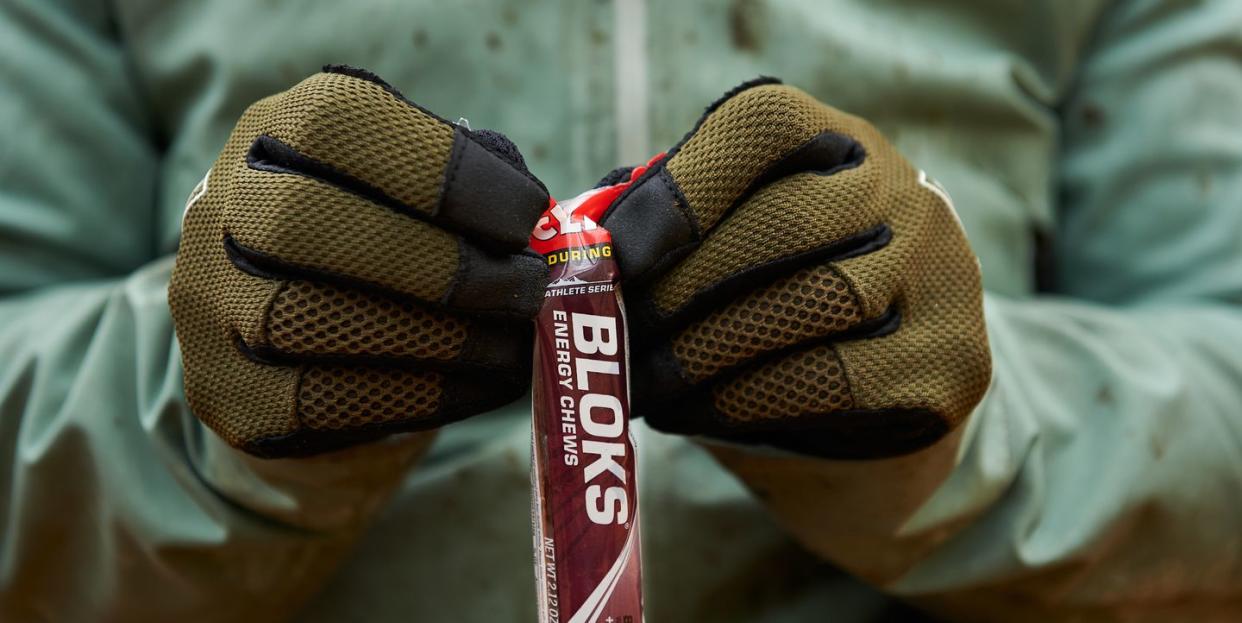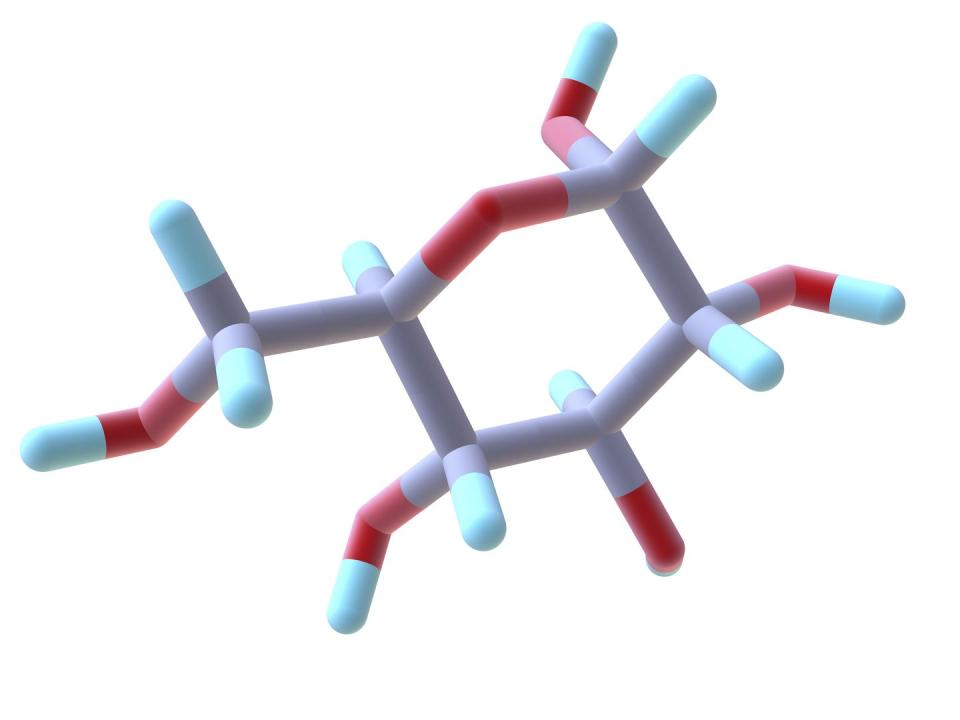To Ride Fast, You’ve Got to Understand Glycogen

“Glycogen is gold.” Those are the words of Iñigo San Millán, Ph.D., a researcher at the University of Colorado Sports Medicine and Performance Center (CUSM&PC) in Boulder, Colorado.
Hyperbole? Perhaps. But the fact is, you can’t win gold—or even go for it—without this precious resource. And if you ever find yourself fresh out of glycogen when you’re miles from nowhere, you’d likely be willing to pawn anything you’ve got on you for just a bite of amazing, life-saving, pedal-powering carbohydrate—the source of this crucial energy-producing resource. Here’s why.
🚨 Join Bicycling All Access for the latest cycling news, fitness and nutrition tips, and fresh gear reviews 🚲
What Is Glycogen?

First, a quick chemistry lesson: Glycogen is stored glucose and carbohydrates, found in your muscles, liver, and brain. When carbohydrate energy is needed, glycogen is converted into glucose for quick use by your muscles’ cells.
When Do You Need Glycogen?
Always—even when you sleep. (When you wake up, your liver glycogen is about 50 percent depleted). Our bodies need a constant supply of energy to function properly, and a lack of carbohydrates in the diet can cause fatigue, poor mental function, and lack of endurance and stamina. During low-intensity activities, however, you burn mostly fat and little glycogen (carbs). As you ride harder, your body switches over mostly to glycogen and less fat. It’s a sliding scale, not like flipping a switch.
How Much Glycogen Do You Have?
Between 350 and 500 grams, or about 2,000 calories’ worth if your stores are fully stocked. About 80 percent of that is stored in your muscles; the rest is stashed away in your liver.
How Long Do Your Stores Last?
You burn about one gram per minute just riding along; about two grams per minute at endurance pace, and three grams per minute at race pace. So most people will start to tap out their glycogen supply after 90 to 120 minutes. Repeated high-intensity efforts can drain your stores more rapidly.
What Happens When You Run Out?
You bonk. That means slowing way down. You may feel weak; your legs seem heavy; and sometimes your brain can get foggy. Your body also becomes catabolic as your muscle tissue breaks down protein and amino acids to convert into glucose, essentially “eating itself to fuel itself” says San Millán. That can lead to undue muscle damage and set you back in your training because damaged muscle tissue doesn’t store glycogen well. So you’ll be going out for your next big ride with limited stores until you fully recover.
How to Maintain (and Maximize) Your Glycogen Stores
You’ll need to eat a diet that is sufficient in carbohydrates. That amount, of course, is based on your body composition and how active you are. Use these recommendations on exercise level and daily carb intake and as your guide. (Each gram of carbohydrate provides four calories of energy.)
Low (<1 hour a day) = 1.5 to 2.5 grams per pound of body weight (g/lb)
Moderate (about 1 hour per day) = 2.3 to 3.2 g/lb
Active (1 to 3 hours per day) = 2.5 to 4.5 g/lb
Highly Active (more than 4 to 5 hours per day) = 3.5 to 5.5 g/lb
While you’re riding, take in carbs to keep your tank topped off. Aim for a minimum of 30 to 60 grams an hour on long rides. If you’re going to be out there more than four hours—especially if you’re going hard and/or going really long—aim for about 80 grams of carbs an hour
Eat a carb-rich recovery shake or snack within 30 minutes of finishing a race and/or hard ride. That’s when your body is primed to restock your glycogen stores. Include some protein, which helps speed glycogen storage and muscle fiber repair.
Finally, building a strong endurance base will help you be a better fat burner at higher intensities. Since even the leanest riders have abundant fat stores that means you can ride longer and harder before you burn through your limited glycogen supply.
There are some cyclists who experiment with carbohydrate manipulation. Of course, all diets are a personal choice, but we find the best diets are the ones you can adhere to over the long haul that support your training. Sticking to a well-balanced diet that fuels your workouts, regulates your mood, and helps you sleep well instead of obsessing over carb-counting is far better for recreational, competitive, and (research is showing) maybe even most pro athletes. That way, you can take all that energy you would spend tracking food and channel it into quality training instead.
You Might Also Like

